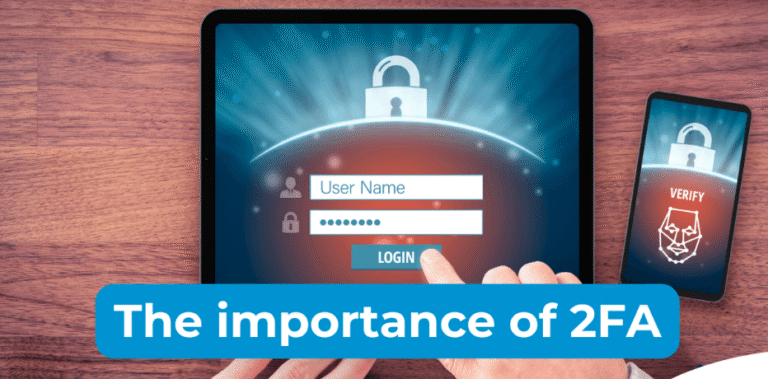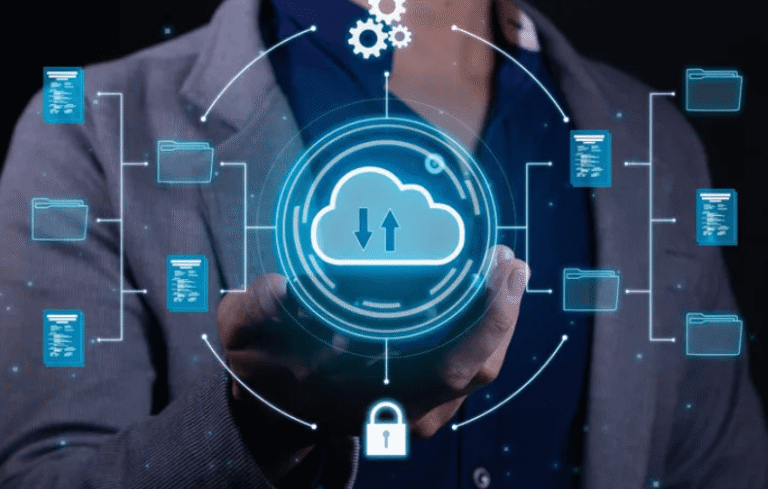As technology advances, so do cyber threats. From AI-driven attacks to sophisticated ransomware, the cybersecurity landscape is changing rapidly. For businesses, governments, and individuals alike, protecting digital assets is now a top priority. Looking ahead, several emerging trends will shape the future of cybersecurity, influencing how we defend against increasingly complex threats.
1. Artificial Intelligence (AI) in Cybersecurity
Artificial Intelligence is becoming both a weapon for cybercriminals and a defense tool for security experts.
- Smarter Attacks: Hackers are using AI to launch adaptive malware, deepfake scams, and automated phishing campaigns.
- Stronger Defenses: Security systems now leverage AI to detect unusual patterns, identify insider threats, and predict potential breaches before they occur.
Trend to Watch: AI will drive a new era of predictive cybersecurity, but organizations must balance automation with human oversight.
See also: How to Protect Your Online Privacy in a Digital Age
2. Zero Trust Architecture
The traditional “trust but verify” approach is no longer enough. The future is Zero Trust, which assumes no user or device should be trusted by default.
- Every access request is authenticated and monitored.
- Micro-segmentation limits the spread of breaches.
- Cloud and hybrid environments especially benefit from Zero Trust models.
Trend to Watch: Zero Trust will become a global standard for enterprise security.
3. Ransomware Evolution
Ransomware remains one of the biggest threats—and it’s evolving.
- Double and triple extortion attacks involve encrypting data, threatening leaks, and targeting customers or partners.
- Ransomware-as-a-Service (RaaS) allows even unskilled attackers to launch powerful campaigns.
- Attacks are expanding to critical infrastructure, healthcare, and government sectors.
Trend to Watch: Businesses must invest in advanced backup, encryption, and response strategies.
4. Cloud Security and Multi-Cloud Risks
As organizations migrate to the cloud, attackers follow.
- Misconfigurations remain a top vulnerability.
- API attacks are on the rise, targeting weakly secured integrations.
- Multi-cloud setups increase complexity, making monitoring more difficult.
Trend to Watch: Cloud-native security solutions and AI-powered monitoring tools will dominate future cybersecurity strategies.
5. Internet of Things (IoT) and Edge Security
The rise of IoT and edge computing expands the attack surface.
- Billions of connected devices, many with weak security, create entry points for hackers.
- Compromised IoT devices can fuel massive botnet-driven DDoS attacks.
Trend to Watch: Stronger IoT regulations and improved device-level security will be necessary to prevent large-scale breaches.
6. Quantum Computing Threats
Quantum computing is still in development, but its impact on cybersecurity could be enormous.
- Future quantum computers may break today’s encryption methods.
- “Harvest now, decrypt later” strategies mean stolen data could be compromised in the future.
Trend to Watch: Post-quantum cryptography will become a critical area of research and adoption.
7. Human-Centric Security
Despite technological advances, humans remain the weakest link.
- Phishing, social engineering, and insider threats continue to cause breaches.
- Remote and hybrid work environments increase risks from unsecured networks and devices.
Trend to Watch: Employee training and culture-based cybersecurity programs will become as important as technical solutions.
8. Privacy and Regulatory Compliance
As data privacy concerns grow, governments worldwide are introducing stricter regulations.
- Laws like GDPR and CCPA are influencing global cybersecurity practices.
- Businesses must ensure compliance to avoid fines and reputational damage.
Trend to Watch: Cybersecurity and privacy will increasingly overlap, forcing companies to invest in compliance-driven security.
Conclusion
The future of cybersecurity is a constant race between innovation and exploitation. AI, Zero Trust, and quantum computing will shape how organizations protect themselves, while ransomware, IoT vulnerabilities, and human error will continue to pose serious challenges.
To stay secure, businesses and individuals must remain proactive, adaptive, and informed. The organizations that succeed will be those that embrace new technologies, build strong cyber-resilience strategies, and foster a culture of security awareness.




